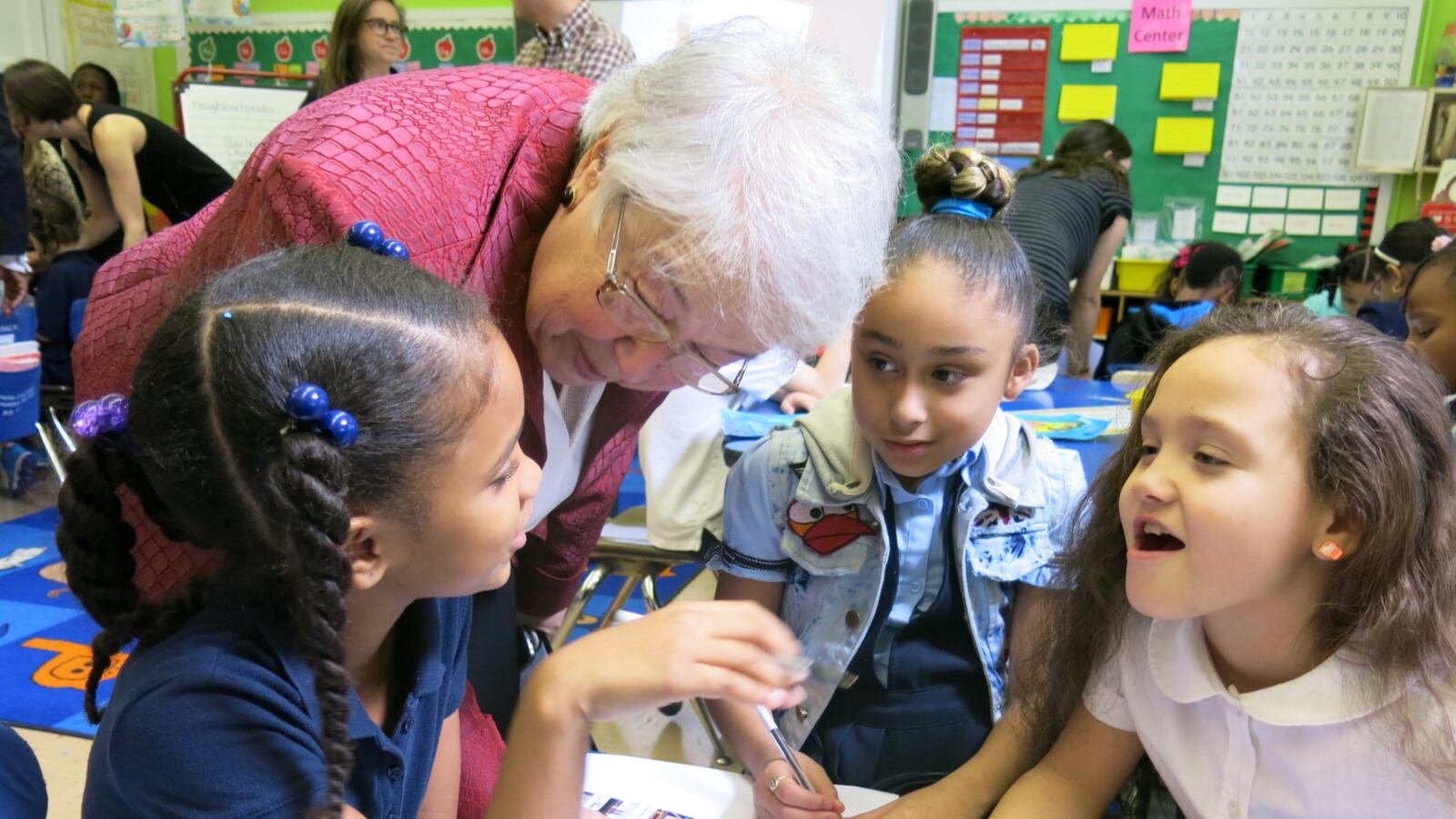Last year’s school-performance report for P.S. 15 in the Lower East Side paints a troubling picture: only 2 percent of students passed the state English exams, and 6 percent passed math.
But there is a telling number the report leaves out: 46 percent of P.S. 15 students lacked permanent housing the year before, making them more likely to miss class, earn lower test scores, and switch schools mid-year, experts say.
Now, the city is hoping to better quantify how many high-needs students each school serves — including homeless students, whose numbers are growing — and to factor that in when rating each school’s performance.
The city is planning to award a one-year, $100,000 contract to an outside research group to measure each school’s population of students who have disabilities, come from low-income families, or enroll mid-year, according to officials and an education department request for proposals. The group would compare each school’s share of high-needs students to the local average, and analyze how that affects its academic performance.
That data could then be used to adjust the city’s school-performance reports and its school-turnaround efforts, in keeping with the theory that schools should not be held accountable for their students’ performance without considering those factors.
“Based on feedback from families and educators, we hope to build on the available data and further refine our accountability metrics by looking at student mobility and other student population characteristics,” spokeswoman Devora Kaye said in a statement.
The city’s request makes special mention of students who leave or enroll in schools during the academic year. Those students could include children who recently arrived in the country, spent time in jail, or live in temporary housing. Such students can present twin challenges for schools: they often enter with gaps in their schooling, and their mid-year arrival can disrupt their new classmates.
In addition, a large share of such students could make it difficult for a school to earn high marks for “strong family-community ties” and “trust” on the city’s new school-rating system, the request says.
The request comes as the ranks of homeless New York City students has swelled in recent years, with their numbers increasing by 25 percent from 2010 to 2013, according to a recent report by the Institute for Children, Poverty, and Homelessness. Today, some 84,000 school-age children in the city live in homeless shelters, in overcrowded apartments, or on the street, the report says. Those students switch schools mid-year at three times the rate of their peers in permanent housing, and they are far more likely to drop out of high school, according to the report.
“We certainly think it’s important that when you’re assessing the quality of a school, you really want to see if the kids who were tested in April are the same ones who arrived in September,” said Clara Hemphill, editor of the school-review website Insideschools, who advised the administration when it revamped the school reports last year.
The request says the contractor would begin gathering and analyzing school data next June, then produce a report by the start of the 2016-17 school year.
The city has worked to account for a school’s share of high-needs students in the past, creating “peer groups” of schools with similar characteristics. Those groups have been used to assess a school’s progress at raising its students’ test scores and graduation rates.
The de Blasio administration has signaled that it is aware of the difficulties that some schools face in serving mid-year arrivals, also called “over-the-counter” students, whom a 2013 report found were most often sent to low-performing schools. In June, Chancellor Carmen Fariña told the 94 struggling schools in the city’s new “Renewal” program that they would be sent fewer over-the-counter students this academic year.
The latest school-performance reports, to be released this fall, will also feature a new formula for calculating student economic need that relies on census data rather than students’ applications for subsidized school lunches. Aaron Pallas, a sociology and education professor at Teachers College, said the updated formula and the request for proposals are both efforts to create “more refined measures of student need.”
“It’s important both for being able to better serve individual students,” he said, “and also to do a better job of assessing the needs and capacity of a given school.”

